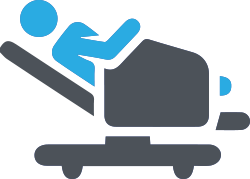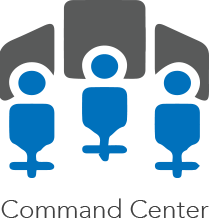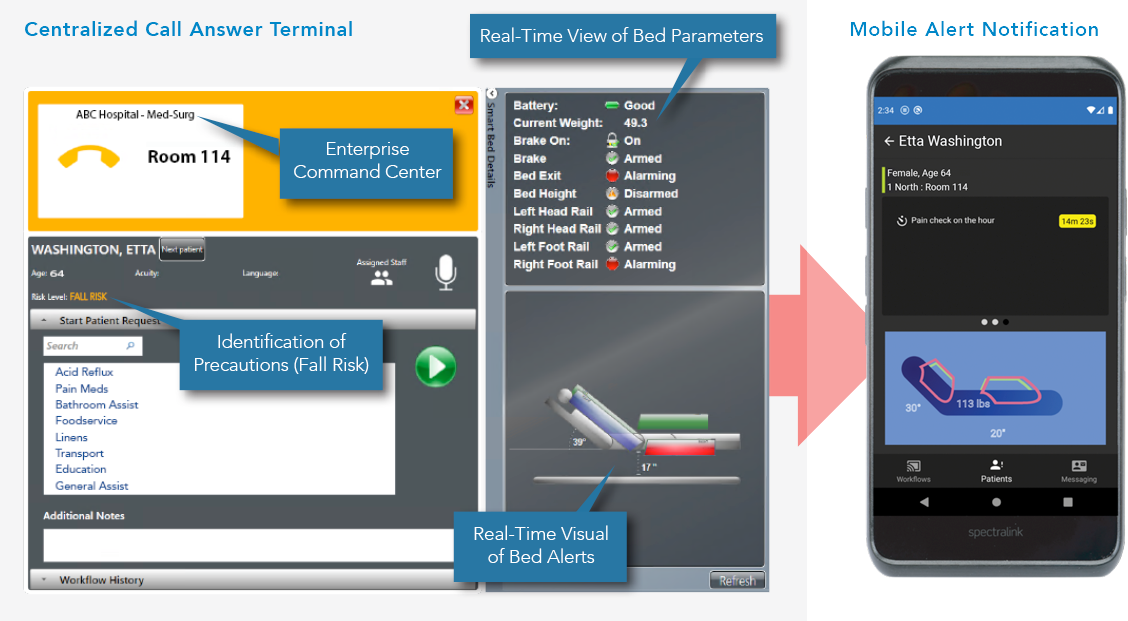A Smarter Way To Prevent Falls
Rapid Response To Patient Behavior



1
Bed Rail Goes Down
Remote monitoring of bed status and iBed® Awareness alarms, providing contextual information by alarm type
2
Tone, Light & Alarm Notification
CommonPath Enterprise will receive specific bed alarm on the nurse or command center terminal and light the dome light outside the room
3
Mobile Notification
w/Call Back Into Room
Simultaneously, a contextual alarm will be sent directly to the caregiver(s) assigned to that room. RNs can intercede by calling directly into room from any CC&C platform or application











